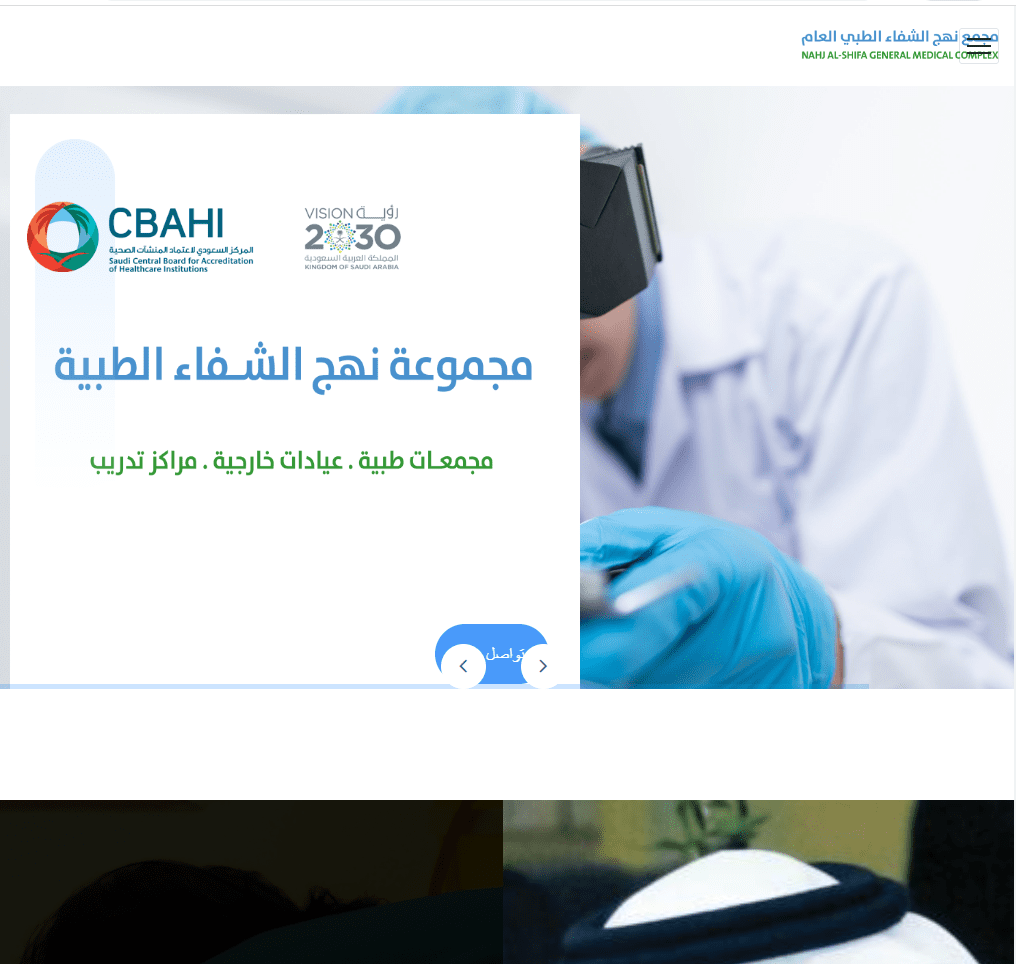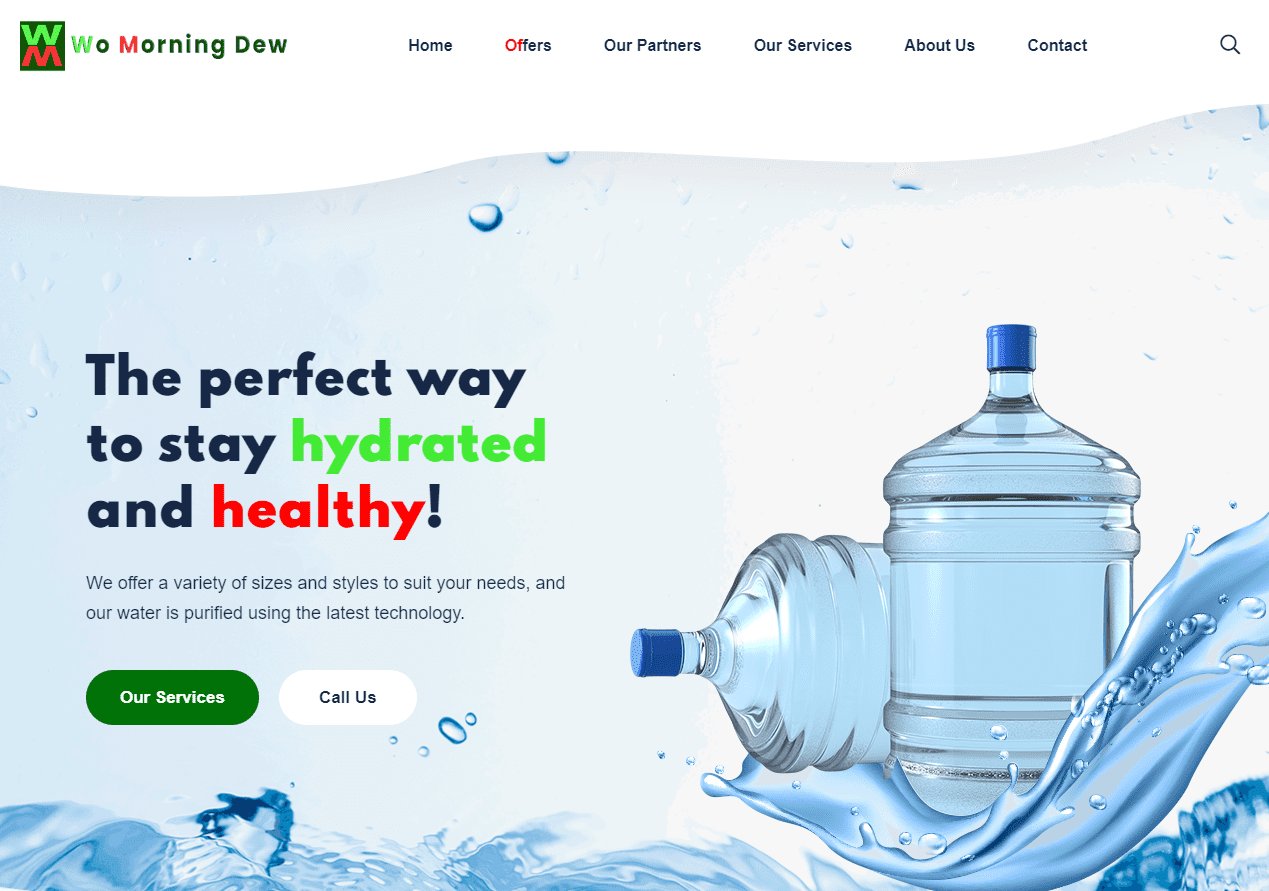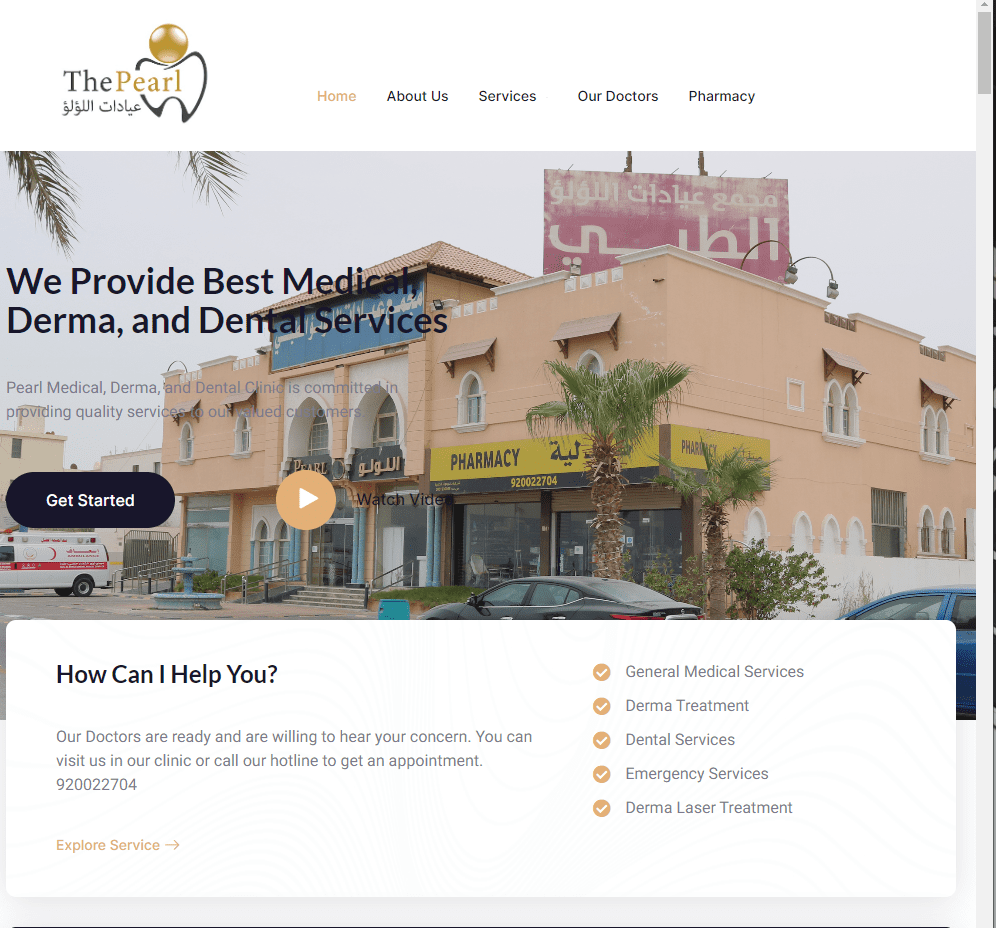Business owners can consider a variety of different types of digital marketing, including content creation and distribution. Content can be used to engage customers and provide them with valuable information which in turn encourages brand loyalty. Other strategies include pay-per-click (PPC) campaigns and search engine optimization (SEO). PPC enables businesses to bid on certain keywords that may appear in online searches or ads while SEO involves strategizing the development of website content so that it appears higher in search engines for a given keyword phrase.
Content Marketing
Content marketing is another key component of successful digital campaigns. This type of approach typically consists of creating and distributing informative, relevant, and valuable content that’s useful to a target market such as:
- Blog posts
- Articles
- Presentations
- White papers
- Interactive tools such as quizzes or brief online courses.
Content can help businesses build trust with their customers while also positioning them as an authority in the field which makes it more likely they will turn to them when making decisions about a purchase.
Materials for marketing applications range from emails to landing pages, infographics, and ebooks. Promotional collateral such as banners, videos; text messages, commercials, and newsletters should all reflect the same unified message throughout their use in any dissemination channels. Blogs and digital postcards are also essential tools that provide an additional avenue of communication.
Accurately customizing your content could be the key to piquing curiosity and stimulating engagement. Match it up with what your audience wants, provides value and success is almost certain!
The proper way of writing content is to focus on the clarity and quality of what will be said. Using a conversational tone makes it easier for readers to understand the message being communicated, leading them to take action in response. Additionally, injecting personality into content adds life and captivates your reader’s attention even more.
Content should also reflect the typical language used by those within your target audience so that they feel understood along with their preferences and perspectives respected. This instills confidence while helping readers remember why they are engaging with you in the first place.
Pay-Per-Click (PPC)
Using these digital marketing techniques can be an effective way to optimize visibility, reach your audience and increase customer conversion. PPC allows companies to create more leads, while properly optimized content has the dual benefit of increasing both user engagement and search engine performance. Social media plays a key role in connecting with existing customers as well as widening reach into new markets. Finally, SEO involves optimizing online content for organic discovery, improving relevance, and ranking of webpages within search engines.
Using PPC is effective for digital marketing campaigns, as it ensures that your ads are shown at the top of search engine results on pages. Launching an effective PPC campaign starts with identifying the correct keywords, targeting a specific demographic, and utilizing strategy to ensure maximum reach. Additionally, tracking performance is paramount for gauging success and further optimizing your ad distribution in the future.
There are different ways of using PPC, such as cost per click (CPC) and cost per impression (CPI). These two types of PPC campaigns calculate the budget based on how much an advertiser will pay for each user action. With CPC, advertisers are charged a small fee when their ad is clicked by the target audience; with CPI, the advertiser pays when the ad is shown through various display networks.
Google Ads is a popular PPC platform and provides many different tools for managing digital marketing campaigns. For example, the Adwords Keyword Planner helps identify optimal search terms and monitor bid performance to accurately calculate a budget envelope that fits your needs. Furthermore, advanced AI algorithms can even track user behavior to display ads that are more likely to be successful with specific audiences.
Businesses such as retailers and e-commerce sites can particularly benefit from PPC advertising. By targeting specific ads to a certain demographic – such as age, gender, or interests – businesses can have more control over their budget while confidently reaching the right people with their message. Additionally, remarketing campaigns allow companies to show ads to previous visitors who already interacted with them in some way – ensuring maximum visibility and impact.
The loss comes with PPC if the campaigns are not managed adequately. Unclear objectives and a lack of expertise can lead to money being wasted while failing to track actual performance can make it difficult to measure the success of campaigns over time. That’s why many businesses trust experienced marketing agencies with their PPC rules so that they get optimal results for the budget spent.
There are alternative PPC platforms of google such as Microsoft Advertising (formerly Bing Ads) and Yahoo Gemini which offer more targeted search options for a smaller audience. Businesses often have the option to manage ad campaigns on both of these platforms from an advertising platform, just like they would with Google AdWords. However, it is important to compare performance across different channels to ensure the best ROI possible.
Data analysis can be used to help inform businesses which PPC channels are working best and how budgets should be adjusted accordingly. This kind of measurement allows marketers or agencies to create a campaign plan to see exactly where their budget has gone and make necessary corrections to improve results moving forward.
Search Engine Optimization (SEO)
Digital marketing also encompasses Search Engine Optimization (SEO) which helps achieve higher rankings on search engine results. Compared to PPC, SEO is more of an organic approach and takes a longer period to start bringing real results. However, it provides steady traffic over long periods when the strategies are properly set and monitored regularly to keep up with changing algorithms.
The maximum range of pages to appear using organic traffic while competing with competitors is made possible when SEO campaigns are monitored and well-maintained. The page must be properly defined with:
- HTML tags
- Meta descriptions
- Keyword densities
- Optimization techniques.
HTML tags are used to provide information to search engine crawlers, while the meta descriptions explain what the page is about and why people should click on it. Additionally, keyword densities refer to words or phrases that appear multiple times throughout the content of your pages. Boosting rankings requires a lot of work; employing optimization techniques such as blog posts or guest articles are some of the best activities when trying to increase traffic from searches.
Meta descriptions are also important when it comes to appearing in a SERP (Search Engine Result Page). It’s vital to keep track of your website’s keyword usage by integrating the right amount of keywords in context. Balanced and optimized content will not only make you appear more relevant, but it can also bolster the performance ranks on search engines. Additionally, it’s beneficial to use site maps both for webmasters and people browsing the web as they provide a clear structure on how users can navigate through a certain website.
They are placed in HTML code, making it easier for search engine bots to get a clear understanding of what each page is about. This helps ensure pages do not become irrelevant and can stay at the top of SERPs. Ensuring all possible techniques are used in conjunction with one another can be the key difference when outperforming competitors on these platforms.
Keyword densities are different for each search engine, so it’s important to know about calculating and understanding each one. Setting up a keyword density calculator within your content can help locate pages with more relative keywords and ensure that your web pages do not exceed the amount desired by search engines. In conclusion, these steps are vital to success when trying to boost traffic through SERP. It should be done in tandem with digital marketing strategies as well.
Optimization techniques are not just limited to web pages and SERPs. Social media platforms can be used in conjunction to help increase online visibility. Using the right tactics when it comes to social media posts, such as formatting and portraying your message correctly, can be paramount for building a brand or increasing awareness about certain topics. Additionally, optimizing images can also enhance user experience which should not be overlooked when leveraging this type of digital marketing strategy.
Some advanced optimization techniques include using structured data and using schema markup which acts as a way for search engine bots to more easily categorize and make sense of your page. Structured data helps search engines understand the content on the page which then gives it better opportunities to appear in relevant searches.
Email Marketing
Another widely used digital marketing strategy is email marketing. Email campaigns are an effective way to promote products, generate leads, and form connections with clients. It’s important to target the right audience when sending out emails to maximize engagement and avoid spamming large numbers of people.
A/B testing can be a useful tool that helps marketers identify what type of content works best for their target users. This process involves creating two versions of your message and then analyzing user responses to find which has the higher success rate amongst readers.
The best way to send emails is to use an email service like MailChimp, which offers detailed reporting capabilities on how users are responding to emails. Try taking a look at where customers are opening your emails from and the type of devices they use to optimize campaigns for their preferences.
Email etiquette also plays an important role in making sure these campaigns are effective. Be mindful of the amount and frequency you send out emails, i.e. don’t spam people with a constant barrage of messages. Additionally, be sure to always include unsubscribe links so that users have the freedom to opt out if they’d like to.
Email tone of voice is another important element to consider as well. Your messages should feature a friendly tone that resonates with the brand’s voice to properly deliver its message and enhance user engagement. Furthermore, avoid copying and pasting content, instead communicate clearly and concisely so readers can easily take away the main points of your email.
The time zone of customers should also be taken into consideration when email campaigns are planned. For example, subscribers in the U.K. may not appreciate an email arriving at 2 am as much as someone living in Australia where it is midday. By optimizing the timing of emails and targeting users based on their location habits you can greatly increase engagement with your campaigns.
Social Media Marketing
Integrating social media marketing along with email campaigns is the next step in reaching new customers and building brand loyalty. Offering exclusive content or discounts on social platforms that link back to the newsletter can increase sign-ups and engagement rates significantly. Additionally, creating a hashtag for customers to use when they promote your products or services allows you to monitor user habits and track how successful your email campaigns are performing.
Creating a landing page specific to the social media campaign can encourage customers to submit information and sign up for newsletters or mailing lists. By providing users with an easily navigable web page built specifically around the themes from your email campaigns, you can seamlessly convert new leads. A well-crafted landing page provides visitors with a clear incentive to take action, whether it’s signing up for a trial period of your product or downloading material related to the email they received.
The important is to promote your newsletter consistently. Connect with your customers by replying to comments, answering questions, and posting eye-catching visuals that link back to your email campaign. Staying engaged on social media allows you to build relationships with new leads, as well as foster existing relationships through customer loyalty programs integrated into both the emails and landing pages.
If there is no engagement on the page, run A/B testing and experiment with different wording or copy. These tests will provide you insight into which content resonates better with your customers. Additionally analyzing data from both emails and landing pages will give you a better understanding of how to adjust to increasing conversion rates. You can also create retargeting campaigns tailored around users who’ve visited the unsubscribed pages, so they are more inclined to return and sign up for newsletters or mailing lists.
Video Marketing
Video marketing is an opportune way to engage with potential customers and promote your products or services interestingly and creatively. Create custom videos for emails, featured YouTube ads, and other social media channels that tell a compelling story of what you stand for. This will help drive interest from the viewers and more traffic to your website.
Video technology is one of the most influential digital marketing tactics accessible. Everyone adores video. They observe videos for diverting and examination, while also sharing their favorites. Moreover, YouTube disclosed more than two billion monthly logged-in viewers! Both B2B shoppers and B2C buyers are forming procurement choices after viewing videos.
Website Optimization
Optimizing your website for customers is key to increasing conversions and improving engagement. This entails ensuring that all the elements of your website, from content to design, appeal to users so they stay longer and convert faster. Some strategies include making sure webpages load quickly, optimizing images for SEO purposes, using effective CTAs within blog articles or pages & removing the clutter around the site.
Affiliate Marketing
Affiliate marketing is an effective way to drive traffic to your website. This involves signing a contract with other relevant businesses in your industry and promoting each others’ services or products on each other’s respective websites and social media platforms. This is mutually beneficial for both parties as you will often be able to share insights about customer behavior, identify opportunities for cross-selling, boost engagement & generate more leads or sales through referrals.
Digital Signage
Digital signage is another way to capture your customer’s attention and promote services or products. This involves the use of digital displays such as LCD monitors, LED screens, video walls, or digital billboards to showcase advertisements for things like promotions, discounts, events & new launches. Digital signage can be used both in-store or outdoors to effectively communicate with potential customers and drive conversions for your business.
SMS
SMS (short message service) is a great way to reach potential customers immediately and directly. SMS campaigns allow you to send messages about new products, discounts, offers & more straight to the phone of your target audience. It can be used for both promotional as well as transactional purposes and also help build stronger relationships with your customers.













